Candida is a parasitic fungus colonizing the human body. Candida fungi, or yeast, do not usually cause symptoms or discomfort when the immune system functions optimally. However, during periods of immune system weakness and body vulnerability, this fungus may proliferate excessively, leading to a disturbance in the body's microbiological balance and the emergence of a range of ailments collectively referred to as candidiasis or candidiasis-related conditions.
Candida![]() is a fungal genus that includes several species
is a fungal genus that includes several species![]() , among which Candida albicans is a common component of the human microbiota, present on the skin, gastrointestinal, and genitourinary tracts. Candidemia
, among which Candida albicans is a common component of the human microbiota, present on the skin, gastrointestinal, and genitourinary tracts. Candidemia![]() , a bloodstream infection caused by Candida, is mainly attributed to C. albicans. However, the incidence of infections caused by C. glabrata and C. rugosa is increasing, possibly due to their reduced susceptibility to the azole class of antifungals currently in use. Other medically significant Candida species include C. parapsilosis, C. tropicalis, C. dubliniensis, and the emerging pathogen C. auris.
, a bloodstream infection caused by Candida, is mainly attributed to C. albicans. However, the incidence of infections caused by C. glabrata and C. rugosa is increasing, possibly due to their reduced susceptibility to the azole class of antifungals currently in use. Other medically significant Candida species include C. parapsilosis, C. tropicalis, C. dubliniensis, and the emerging pathogen C. auris.
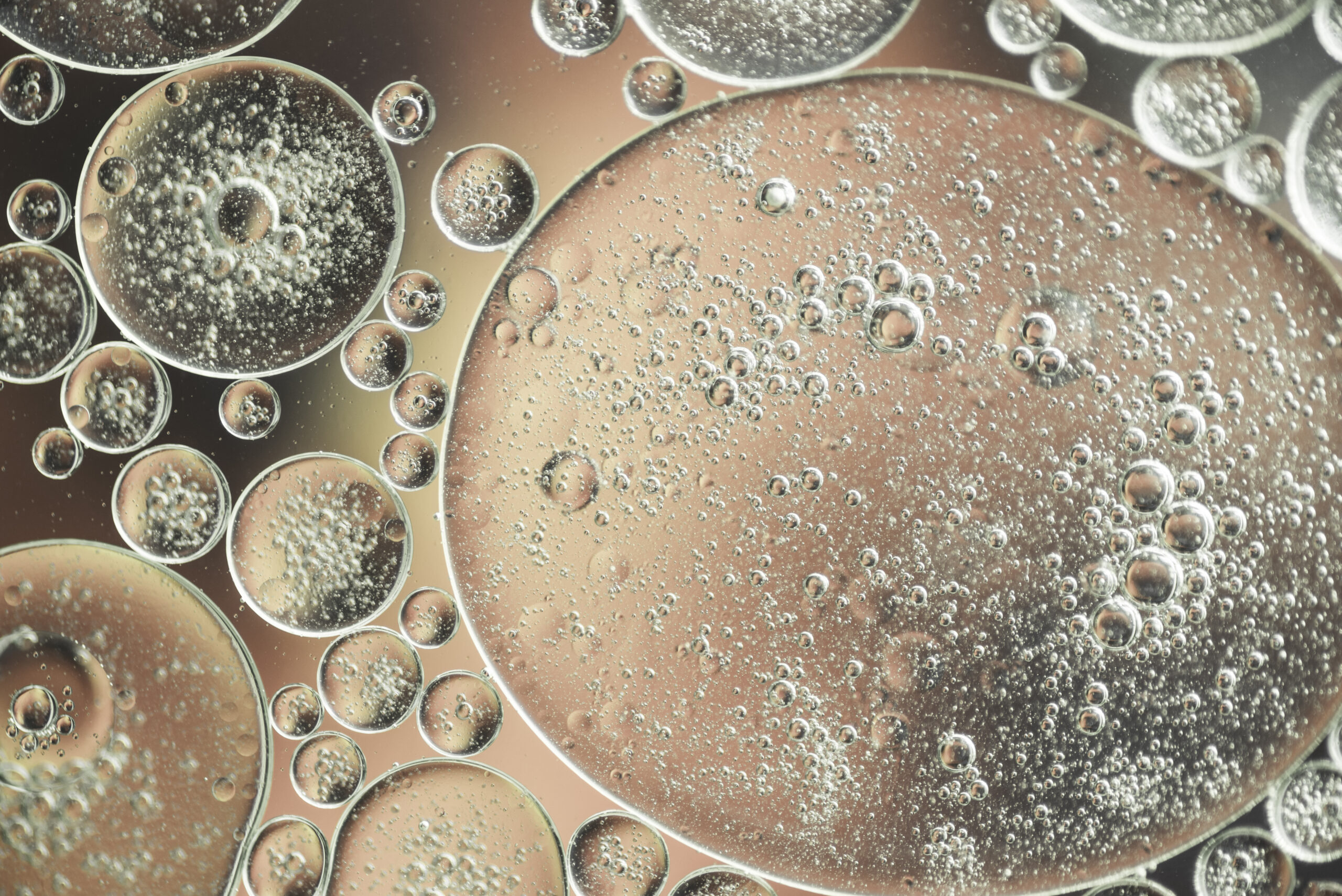
Candida albicans![]() is a fungus that is naturally present in our body. It usually does not have any harmful effects. However, when its balance is disturbed, it can lead to an infection called candidiasis, which can affect different body parts and cause health problems.
is a fungus that is naturally present in our body. It usually does not have any harmful effects. However, when its balance is disturbed, it can lead to an infection called candidiasis, which can affect different body parts and cause health problems.
Candida albicans exist harmlessly in the body under normal circumstances, including in the digestive system. However, the Candida hypersensitivity syndrome (Candida-related complex, chronic candidiasis) occurs when its colony grows excessively within the system.
The overgrowth of Candida albicans is caused by various factors such as antibiotic therapy, particularly broad-spectrum antibiotics, oral contraception, steroids, drugs that reduce gastric hyperacidity (proton pump inhibitors), pregnancy, and a diet rich in sugars, yeast, and alcohol.
Candidiasis is a disease caused by fungi called Candida – hence the name. These fungi occur in small amounts in the large intestine of many healthy people, where they also perform many functions, helping, among others, break down sugar. The danger arises when the body's immune system begins to fail. Then the fungi multiply and then travel through the intestines to other organs, poisoning them with their toxins.
Candidiasis is a condition that presents itself in various forms, depending on the organ or body part that it targets. The symptoms differ in each case, but several common indicators typically exist.
For candidiasis affecting the digestive system![]() (including the oral cavity, esophagus, stomach, duodenum, and intestines), symptoms may include abdominal pain, diarrhea, constipation, flatulence, gas, feelings of fullness, nausea and vomiting, unpleasant breath, white coating on the tongue (lingual candidiasis), canker sores (cracking at the corners of the mouth), pain when swallowing, and fluctuations in weight, including hair loss.
(including the oral cavity, esophagus, stomach, duodenum, and intestines), symptoms may include abdominal pain, diarrhea, constipation, flatulence, gas, feelings of fullness, nausea and vomiting, unpleasant breath, white coating on the tongue (lingual candidiasis), canker sores (cracking at the corners of the mouth), pain when swallowing, and fluctuations in weight, including hair loss.
Genital candidiasis![]() , on the other hand, may be characterized by burning and itching of the genitals, burning sensation during urination, unpleasant-smelling and yellow vaginal discharge, repeated infections of the genital tract, prostate problems, and pain during intercourse.
, on the other hand, may be characterized by burning and itching of the genitals, burning sensation during urination, unpleasant-smelling and yellow vaginal discharge, repeated infections of the genital tract, prostate problems, and pain during intercourse.
Regardless of the targeted organ or organs, those with candidiasis may also experience many general symptoms, including constant feelings of tiredness and drowsiness, low-grade fever, and difficulties with concentration and memory.
Antifungal drugs are used to treat candidiasis (administered both orally and intravenously). Their choice depends primarily on which fungi attacked the organ. Treatment of candidiasis can also be supported by taking probiotics and vitamins and minerals that strengthen immunity (mainly A, B, C, and D and zinc).
Treatment of candidiasis is usually a challenging and long-term process. The duration of therapy depends, among others, on the stage of the disease at which it was detected and the extent to which individual organs were damaged during the disease. According to specialists, full recovery from candidiasis can only be achieved after at least a year from the start of therapy. However, yeast spores can remain in the blood for up to three years. Therefore, they sometimes cause a relapse of the disease.
Cutaneous candidiasis![]() is a skin infection caused by fungi of the genus Candida. It can come in two forms.
is a skin infection caused by fungi of the genus Candida. It can come in two forms.
Yeast intertrigo is a common skin condition that is frequently found in skin folds such as the axillary, inguinal, intergluteal cleft, inframammary area, navel, and abdominal folds in obese individuals, as well as the diaper area in infants. The affected regions exhibit inflammatory foci distinct from healthy skin and are often covered with a whitish coating. They typically occur in obese and diabetic individuals.
In cases of yeast fold intertrigo, erythematous lesions with characteristic satellite foci are on the periphery of the primary lesions, typically in the axillary, inguinal, under the breast, and intergluteal cleft locations.
Local or general antifungal drugs are used to treat cutaneous candidiasis. Most cases are subject to local treatment, but general therapy is indicated in case of long-term infection or intensification of disease lesions. Interdigital intertrigo may accompany nail candidiasis. In such situations, the specialists recommend treatment of both dermatoses.
As mentioned before, candida hypersensitivity syndrome is characterized by non-specific symptoms that can resemble irritable bowel syndrome. Patients may experience diarrhea, constipation, abdominal cramps, gas, and bloating, as well as memory and concentration disorders, depression, anxiety, headaches, irritability, and chronic fatigue.

Candida can compromise the intestinal epithelium's integrity, leading to increased permeability and allowing the passage of undigested food particles and toxins. The yeast produces approximately eighty toxins, which can trigger allergic reactions and interfere with immune system function, potentially contributing to the development of dermatoses such as psoriasis.
While there is no established minimum number of symptoms required for a diagnosis of Candida hypersensitivity syndrome, this condition is suspected to play a role in specific patient populations, such as those with celiac disease or atopic dermatitis. Although fungal invasion may not always be confirmed, the presence of such symptoms warrants further investigation.
It is worth mentioning that Candida overgrowth very often goes hand in hand with a parasitic invasion, so you should start from the beginning and cure yourself of the parasites first, and only then from the mycosis. The entire process requires a well-thought-out strategy, patience, and time. It may be challenging to achieve the desired effect without changing your diet.
A separate issue is the tendency for the recurrence of the mentioned pathogens. Pharmacotherapy of candidiasis is based on effective antifungal drugs.
In recent years, candidiasis has gained significant attention owing to the ongoing discoveries regarding the substantial impact of the gut and its microenvironment's balance on an individual's overall health. Candida fungus, in particular, has been associated with causing several ailments. Many believe that yeast overgrowth is responsible for food allergies, headaches, skin rashes, indigestion, and overweight conditions. While candidiasis can hurt the body, diagnosing the condition accurately and devising the appropriate treatment plan remain challenging.
Several tests![]() are available for detecting Candida albicans, with laboratory-based mycological cultures from urine, sputum, vaginal swabs, or other biological materials being considered the most reliable and sensitive methods.
are available for detecting Candida albicans, with laboratory-based mycological cultures from urine, sputum, vaginal swabs, or other biological materials being considered the most reliable and sensitive methods.
Serological tests, such as ELISA tests, are capable of detecting antibodies against Candida and are found to be highly sensitive. These tests can determine the presence of IgM and IgG antibodies, with the former appearing in the first few days of infection and the latter appearing later. Serological tests play a crucial role in identifying and differentiating acute and chronic Candida infections, thus helping confirm the disease's presence.
In the case of disseminated candidiasis, circulating Candida antigen is determined when fungal cells appear in the blood. The most accurate and reliable method for confirming the presence of a Candida infection is the Candida test, which is performed via PCR. This genetic test is conducted in specialized laboratories and involves the detection of the genetic material of the fungus in the collected specimen. Kits are available for self-collection of biological material using a swab, such as a vaginal swab or a skin lesion.
To determine the presence of the Candida fungus in the vagina, a simple candidiasis test (test for yeast) is available at pharmacies, which involves taking a swab and applying the material to a cassette. A positive result, indicated by the presence of two lines, confirms the presence of Candida. A negative result, on the other hand, suggests the absence of yeast colonization in the body.
In addition to the recognized and reliable methods that can effectively diagnose Candida, other, more amateur methods are available. One is the so-called test of a live drop of blood, which promises a reliable diagnosis of bacterial or fungal infections. All this thanks to observing a drop of blood taken from the patient under a microscope.
However, this type of test is fiction – if fungi were observed in a drop of the patient's blood, it would indicate disseminated mycosis or sepsis (in the case of bacteria). Moreover, the analysis of patterned elements is minimal without fixing or staining the blood after making a microscopic specimen.
Another scientifically unconfirmed method is the saliva test for Candida albicans. Immediately after waking up, collect a sample into a glass of clean water and leave for an hour. A person suffering from a Candida infection has thicker saliva than a healthy person, resulting in sediment at the bottom of the glass or streaks floating on the water's surface. Some doctors allow for the initial diagnosis of candidiasis in this way, but the results of laboratory tests are binding.
Treatment of Candida infection should be based primarily on a diet with a low supply of carbohydrates and simple sugars, which will restore the proper balance in the large intestine. Pharmacological treatment![]() depends on the location and type of fungus.
depends on the location and type of fungus.

Another way to get rid of Candida fungi from the body is to take probiotics![]() , which benefit the environment in the intestines. Treatment can also be supported by giving up stimulants and increasing daily physical activity. It is worth knowing that fungal infections are more likely to occur in a weakened body, so you should regularly strengthen your immunity by providing the body with the necessary vitamins and minerals (vitamins A, B, C, D, zinc).
, which benefit the environment in the intestines. Treatment can also be supported by giving up stimulants and increasing daily physical activity. It is worth knowing that fungal infections are more likely to occur in a weakened body, so you should regularly strengthen your immunity by providing the body with the necessary vitamins and minerals (vitamins A, B, C, D, zinc).
If Candida albicans yeasts are detected within one's body, certain dietary adjustments![]() may be advised. The primary focus should be limiting the intake of simple sugars and carbohydrates, which provide nourishment for these fungi. To compensate for this, the body should be supplied with appropriate volumes of protein, which can be derived from sources such as buttermilk, natural yogurt, kefir, and eggs. Adequate quantities of amino acids in food items like meat, seafood, or fish should also be ensured.
may be advised. The primary focus should be limiting the intake of simple sugars and carbohydrates, which provide nourishment for these fungi. To compensate for this, the body should be supplied with appropriate volumes of protein, which can be derived from sources such as buttermilk, natural yogurt, kefir, and eggs. Adequate quantities of amino acids in food items like meat, seafood, or fish should also be ensured.
Specialists can recommend including products with a low glycemic index in the fight against Candida albicans. Such items include barley bread, buckwheat, wholemeal pasta, pearl groats, green beans, broccoli, dried apricots, and apples. It is advisable to avoid starch-rich items like pumpkin, peas, or sweet potatoes. Bread baked using natural sourdough is the most recommended type of bread.
Furthermore, it is crucial to maintain proper hydration levels. Specialists recommend consuming around 2 liters daily, preferably mineral water with lemon juice. Freshly squeezed juices and green tea infusions may also be consumed.
Table of Contents
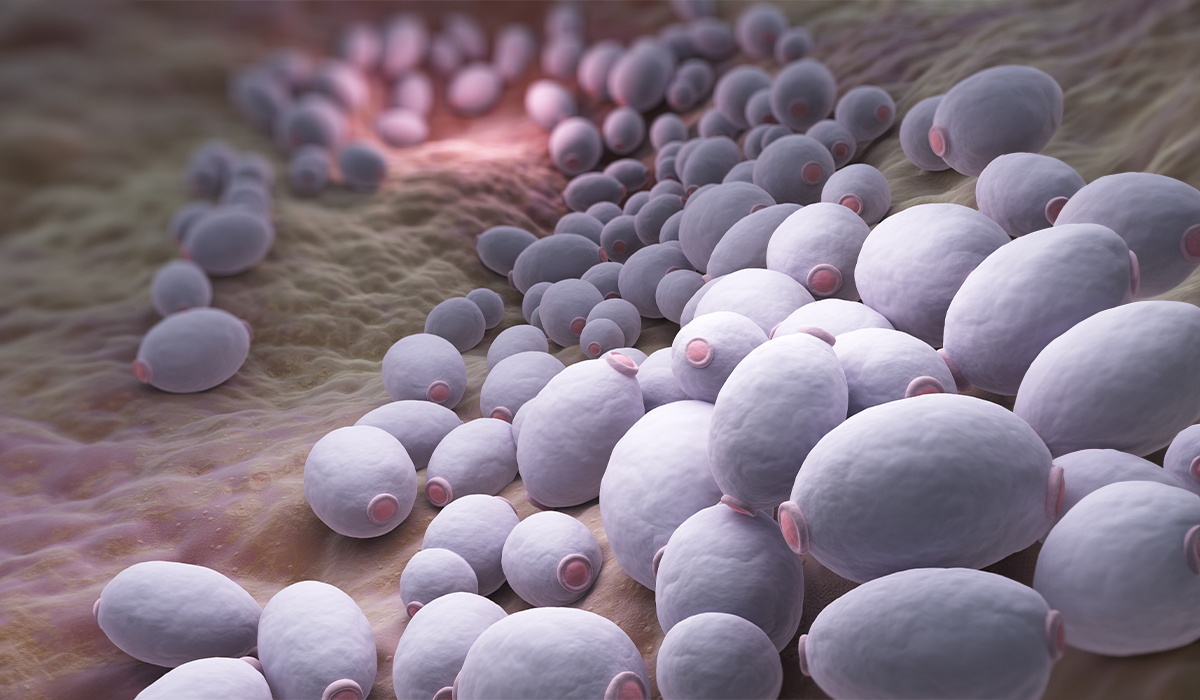
Candidiasis are common. It can affect different parts of the body. Find out more about yeast infection. Discover the best… read more »

Find out what ar the causes of vaginal yeast infection and how to avoid it. Learn about symptoms and treatment. read more »
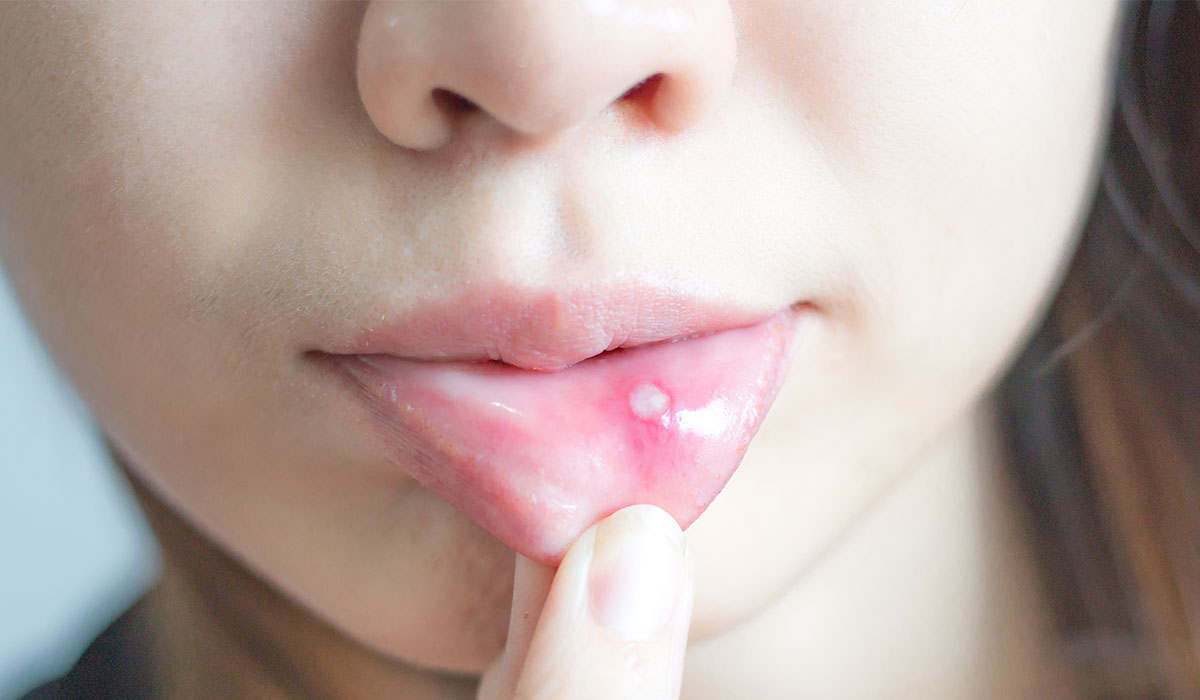
Also known as oral candidiasis, oral thrush is an infection caused by the fungus Candida albicans. The fungus is a… read more »
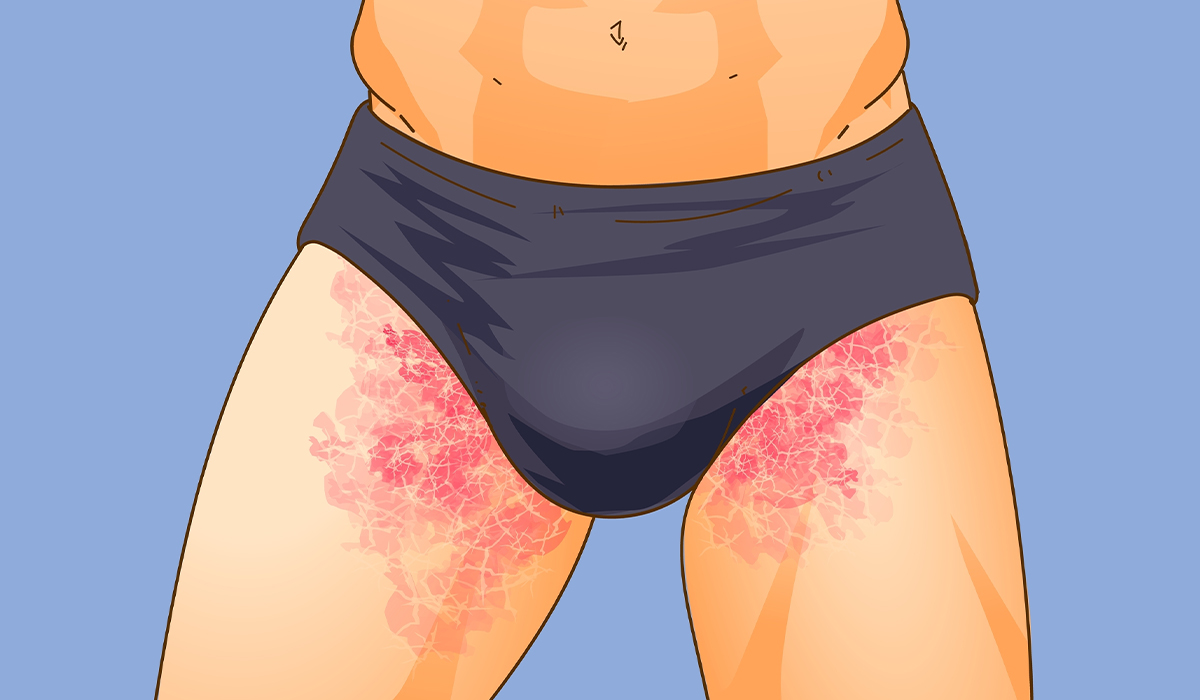
Jock itch, also tagged as tinea cruris in medical terms, emerges when a fungus attacks the skin around spots such… read more »
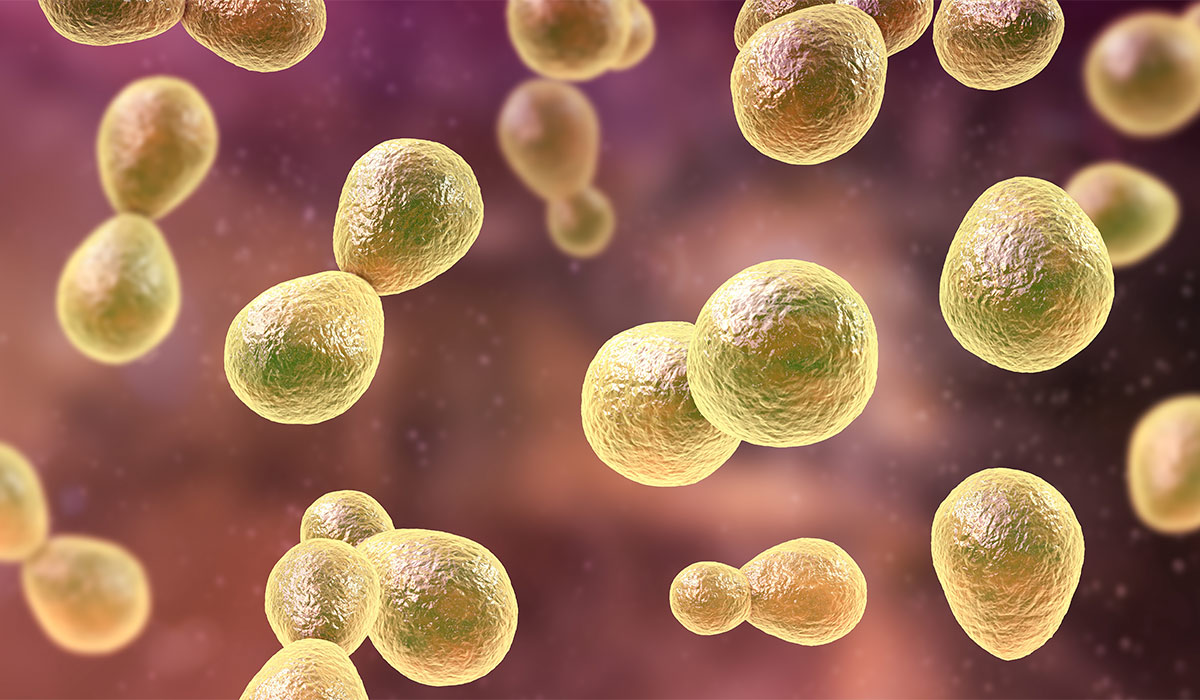
Histoplasmosis is a disease caused by fungi. For some people it can be very dangerous. Find out the warning signs… read more »
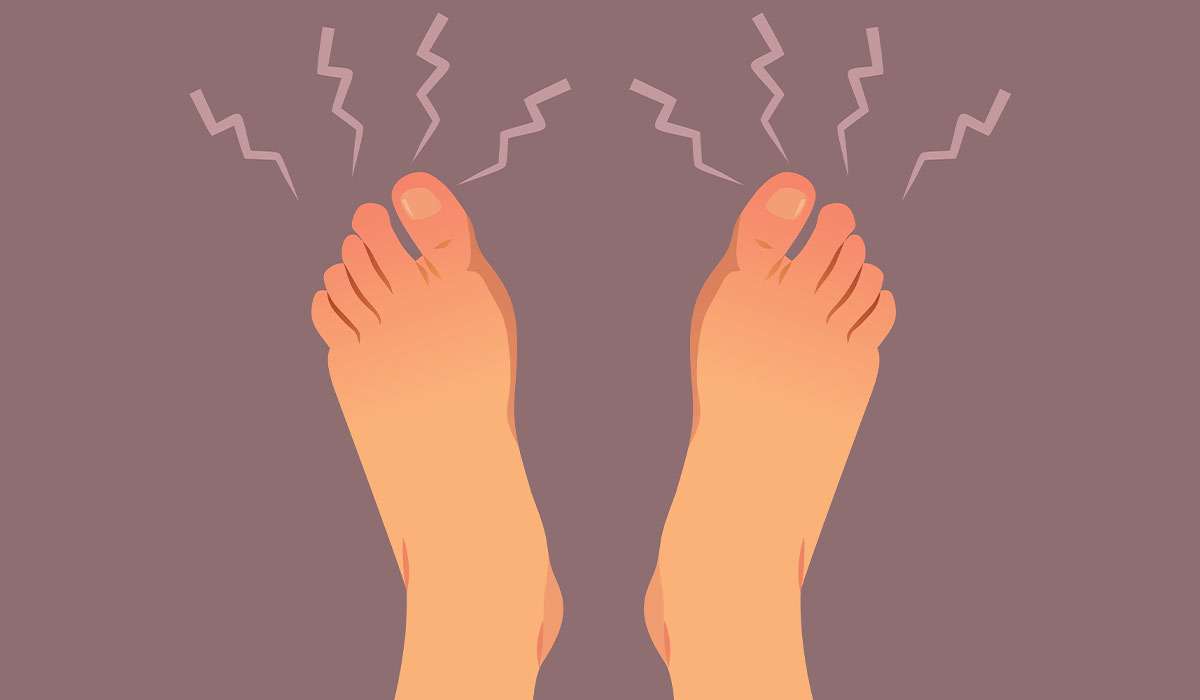
An athlete's foot, or tinea pedis, is an infection of fungal origin that affects the feet. It is usually mild… read more »
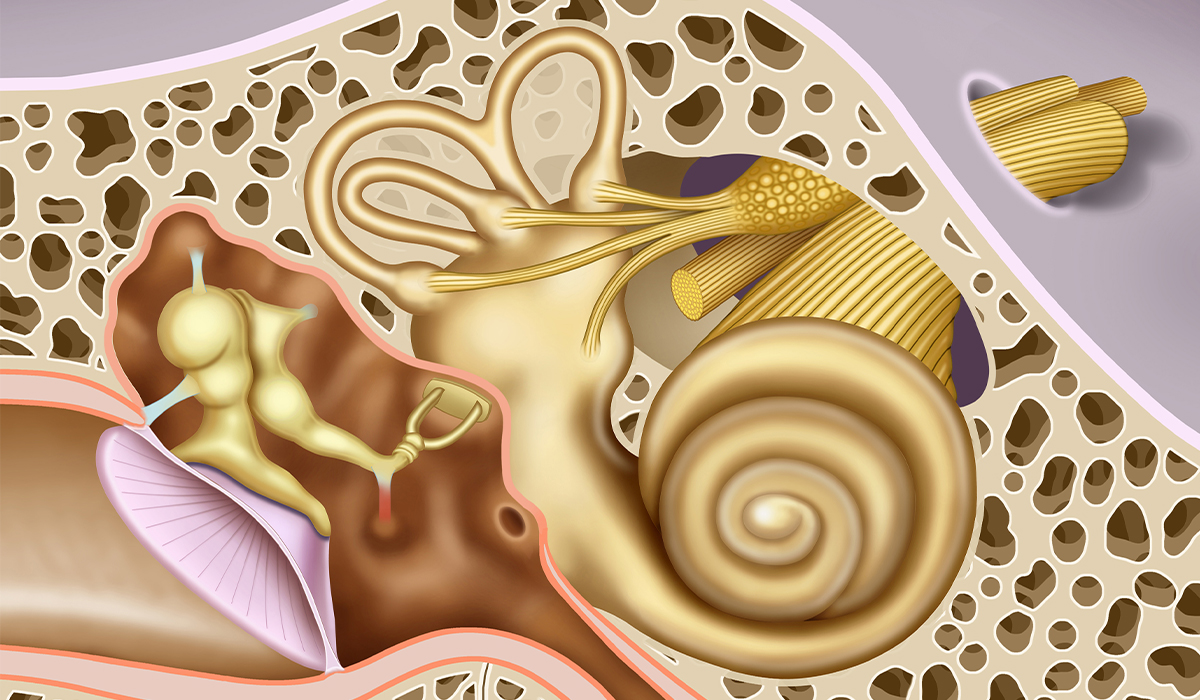
Labyrinthitis is a condition that causes worrying symptoms. Find out what causes inner ear disease. Learn how to recognise alarming… read more »
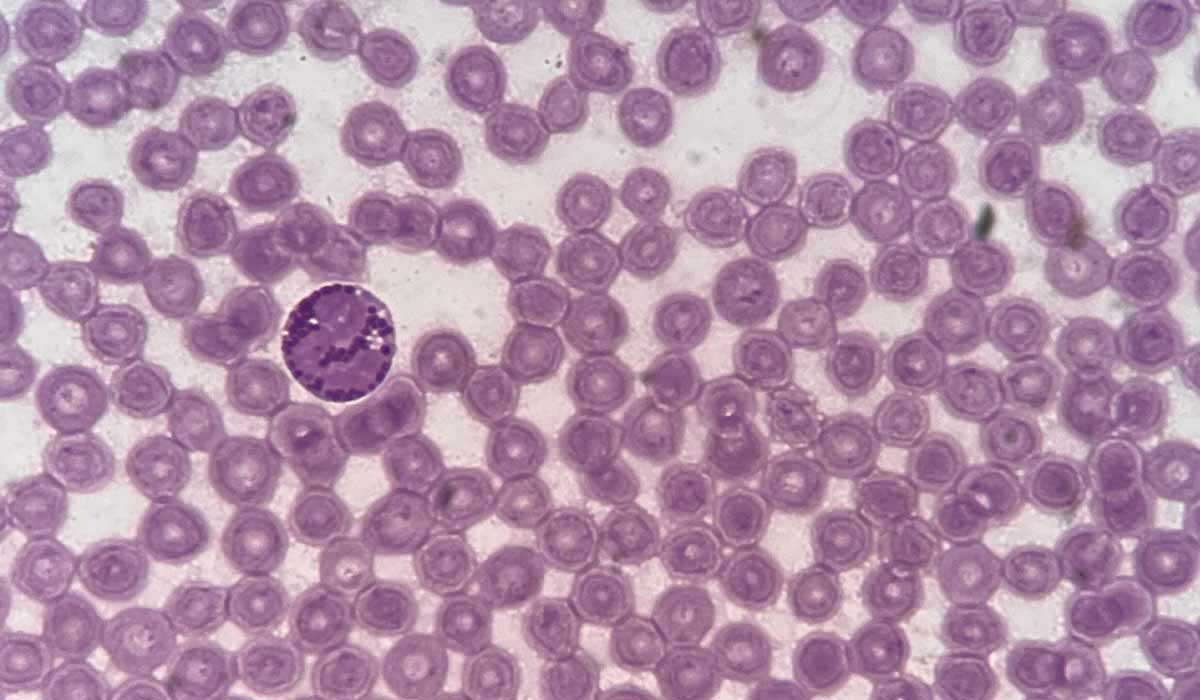
Anaplasmosis is a systemic infectious disease transmitted by ticks. It can be as dangerous as Lyme disease. Read the article… read more »

Even though the name suggests otherwise, ringworm is not a worm but an infection of fungal origin. A characteristic symptom… read more »